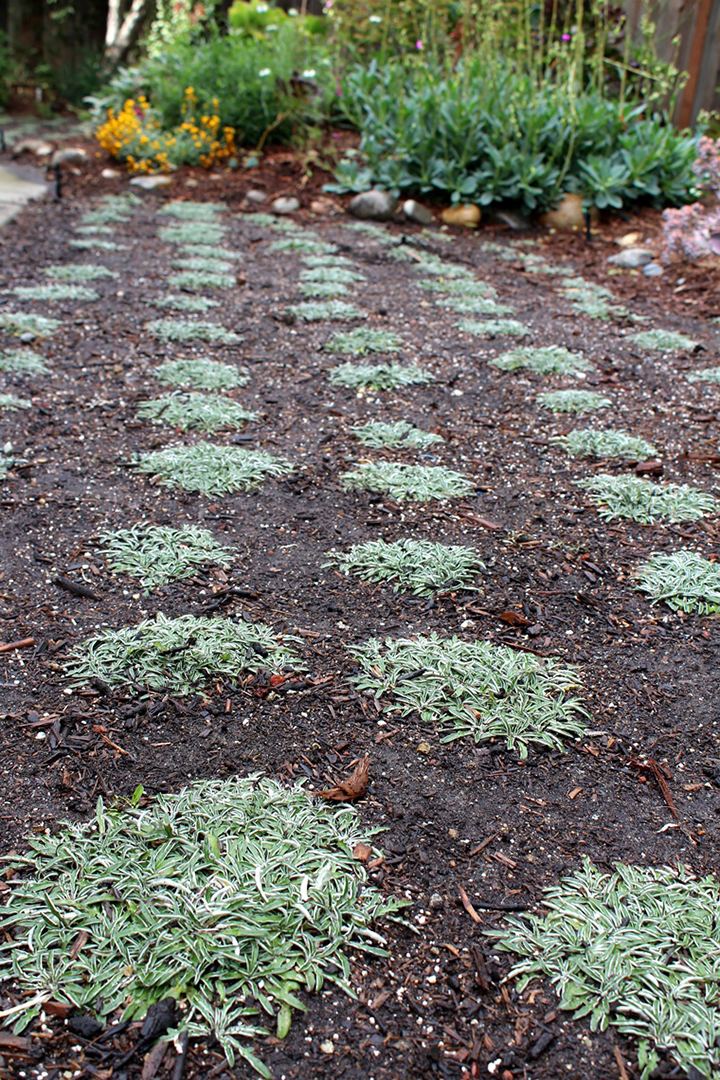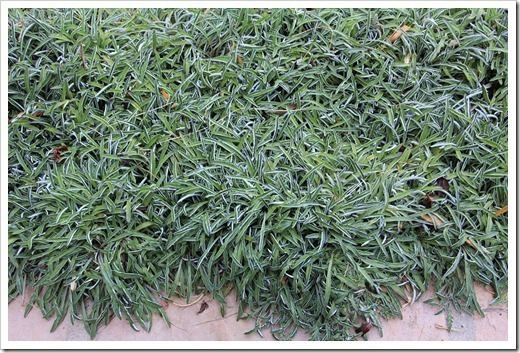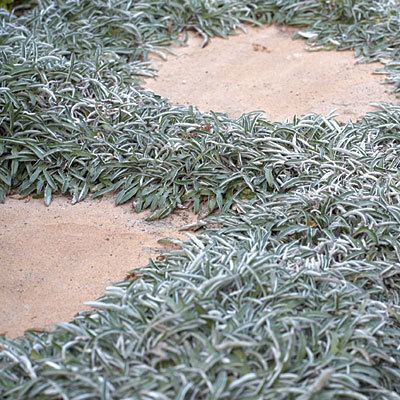Kingdom Plantae Tribe Arctotideae Higher classification Arctotideae | Scientific name Dymondia Rank Genus | |
 | ||
Similar Dymondia margaretae, Aeonium nobile, Daisy family, Carex pansa, Mother‑of‑Thyme | ||
What is the best drought tolerant plant to replace grass dymondia
Dymondia is a genus of flowering plants in the daisy family. There is only one known species, Dymondia margaretae, endemic to the Cape Province region of South Africa.
Contents
- What is the best drought tolerant plant to replace grass dymondia
- Dymondia margaretae silver carpet
- Cultivation
- References

Dymondia margaretae silver carpet
Cultivation

Makes a flat, very drought tolerant ground cover and good lawn replacement in dry zones. Takes heavy foot traffic and often called living cement. Works well as a filler between flagstone, pavers, or stepping stones and other confined areas. Soil retention: Excellent on slopes an hills due to the large diameter and deep root system.

References
Dymondia Wikipedia(Text) CC BY-SA
